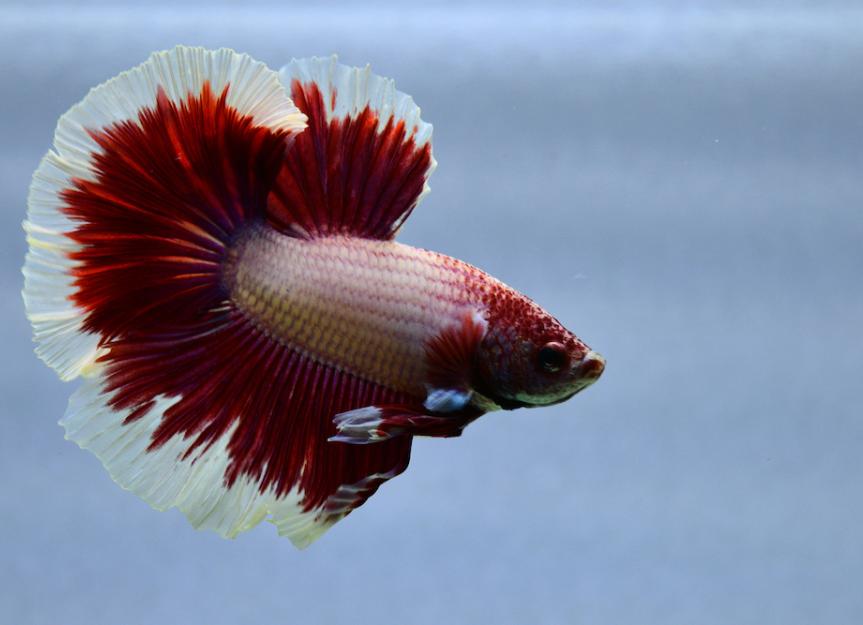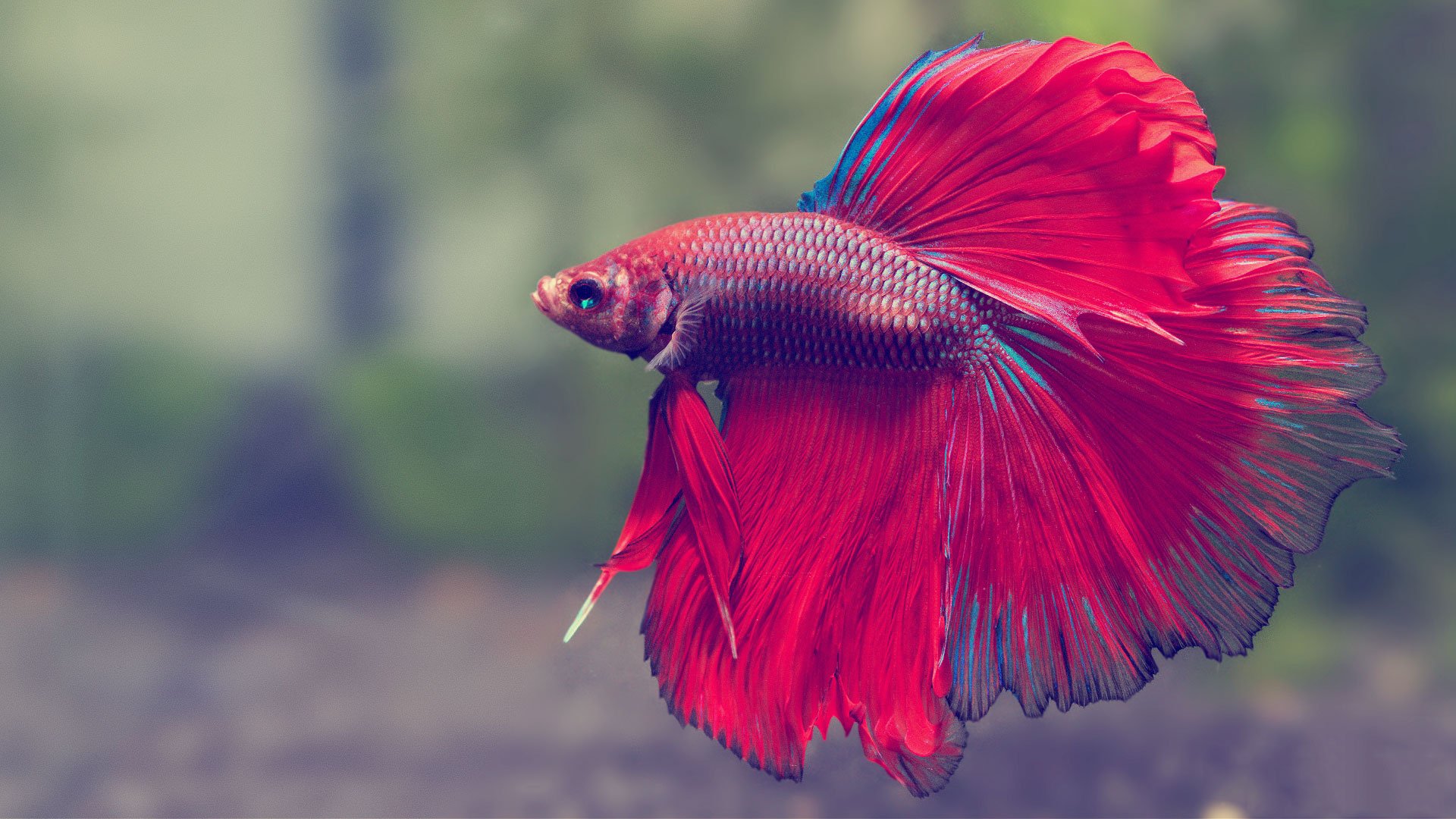Understanding Betta Fish Behavior: What Every Proprietor Ought To Know
Breeding Betta Fish: a Comprehensive Step-By-Step Guide to Efficiently Raising Baby Bettas From Eggs to Their Adult Years
Reproducing Betta fish is a precise undertaking that requires careful preparation and implementation to ensure the effective development of fry from eggs to develop fish. Picking genetically diverse breeding sets with preferable qualities is just the beginning; producing an optimum setting and understanding the ins and outs of the reproducing process are similarly essential. As the male Betta vigilantly constructs a bubble nest and guards the precious eggs, the succeeding stages of treatment and change demand interest to detail and knowledge of best techniques. Exactly how does one navigate the difficult yet gratifying path of supporting these lively animals to adulthood?

Choosing Breeding Pairs
When embarking on the trip of reproducing Betta fish, selecting the best breeding sets is vital to achieving preferable characteristics and a healthy family tree - betta fish. The very first step in this procedure is to determine the specific attributes you want to enhance or maintain, such as color, fin type, and body form. It is vital to select genetically varied sets to avoid inbreeding, which can lead to health problems and unfavorable qualities
Review potential breeding candidates very carefully. A healthy and balanced male Betta should show lively shades, an energetic temperament, and well-formed fins, while the woman needs to also show vivid coloration and a rounded belly, showing preparedness for spawning. Observing the temperament of both fish is essential, as hostile or extremely reluctant people might not breed effectively.
Documentation of lineage is similarly important. Maintaining records of the moms and dad fish's origins can help you track hereditary traits and prospective concerns. Additionally, speak with credible breeders or on the internet sources for assistance on picking suitable pairs. Eventually, spending time in the option procedure will substantially boost the likelihood of creating solid, dynamic children that satisfy your reproduction objectives (betta fish).

Preparing the Breeding Container
Developing an optimal breeding setting is a crucial step after picking suitable pairs for Betta fish. The reproduction tank need to be particularly designed to give comfort and promote the all-natural breeding actions of the fish. Begin with a container size of a minimum of 10 gallons to make sure sufficient space for both the man and female Bettas.
Preserve a mild filtering system to maintain the water clean while preventing strong currents that can worry the fish. Additionally, an air rock can be contributed to offer oxygenation without interfering with the water surface excessive.
Temperature regulation is critical; go for a secure range of 78-82 ° F(25-28 ° C) utilizing a reputable heating system. The pH level ought to be kept between 6.5 and 7.5, and routine water adjustments are necessary to make certain high water top quality.
Incorporate floating plants or generating sponges to create concealing places for the lady, while also motivating bubble nest structure by the man - betta fish. Make sure the container is cost-free from sharp decorations and any potential risks, as the welfare of the fish must constantly be focused on throughout this essential stage of breeding.
The Reproduction Refine
Generally, the breeding process for Betta fish entails a series of distinctive and visible habits that suggest preparedness for reproduction. The male Betta starts by constructing a bubble nest at the water's surface area, which offers as a website for the fertilized eggs. This nest is important, as it supplies a risk-free atmosphere for the eggs until they hatch.
As soon as the nest is developed, the man will certainly display courtship actions, such as flaring his fins and displaying vibrant shades to bring in the woman. The lady, upon sensing the male's readiness, will certainly respond by showing upright stripes along her body, indicating her receptiveness.
When the women approaches, the male takes part in a breeding dance, typically leading to an embrace referred to as the "spawning." Throughout this accept, the woman releases her eggs, which the male feeds quickly. The fertilized eggs after that drop to the bubble nest, where the male thoroughly collects and returns them to the nest. Following this, the male thinks obligation for protecting the nest and ensuring the safety and security of the eggs up until they hatch out, usually within 24-36 hours. This stage is important in the breeding procedure, laying the foundation for successful fry advancement.
Caring for Betta Fry
Taking care of Betta fry requires cautious interest to their atmosphere and nourishment to guarantee healthy and balanced growth and advancement. After hatching out, Betta fry are incredibly small and at risk, necessitating a steady and tidy habitat. Preserving a water temperature level between 78 ° F and 80 ° F is crucial, as Betta fry thrive in cozy problems. Additionally, guarantee that the water is devoid of damaging contaminants; regular water modifications of 10-20% are suggested to keep optimal water high quality.
Feeding Betta fry is similarly crucial. Initially, they must be supplied infusoria or finely crushed high-grade fry food, as their mouths are also little to manage bigger particles. As they expand, you can progressively present bigger foods, such as child salt water shrimp or powdered flakes, to ensure they receive appropriate nutrition. Feed them small quantities numerous times a day, being careful not to overfeed, which can lead to water quality concerns.
Transitioning to Grownup Bettas
As Betta fry mature, transitioning them to Look At This adult Bettas is an important phase that calls for careful management of their setting and social communications. This procedure normally begins when the fry reach around browse around here 6 weeks of age, whereupon they can be progressively presented to a much more structured living setting.
To facilitate this change, it is necessary to guarantee that the water criteria-- such as temperature, pH, and ammonia degrees-- are ideal and secure. Grown-up Betta fish flourish in cozy water (around 78-80 ° F) with a pH of 6.5 to 7.5. Slowly acclimate the fry to these conditions to lessen tension.
Social interactions are an additional crucial variable; man Bettas are infamously territorial and aggressive. It is recommended to separate men right into individual containers as they grow. Female Bettas can be housed together, however treatment must be required to monitor for indications of hostility.
Furthermore, nutritional modifications need to be made as the fry expand. Incorporate top quality pellets and live foods to support their growth and wellness. By handling these elements properly, you can advertise a successful transition to the adult years for your Betta fish.

Conclusion
Effective reproduction of Betta fish calls for cautious focus to detail throughout the entire process, from picking genetically varied pairs to offering optimum look after fry. By guaranteeing appropriate breeding conditions and maintaining water important link quality, the probability of healthy and balanced spawn raises considerably. Additionally, a well balanced diet plan and steady adjustment to grown-up environments are important for the growth and development of Betta fish. Adhering to these actions diligently cultivates a thriving population of Betta fish, enhancing both their health and vigor.